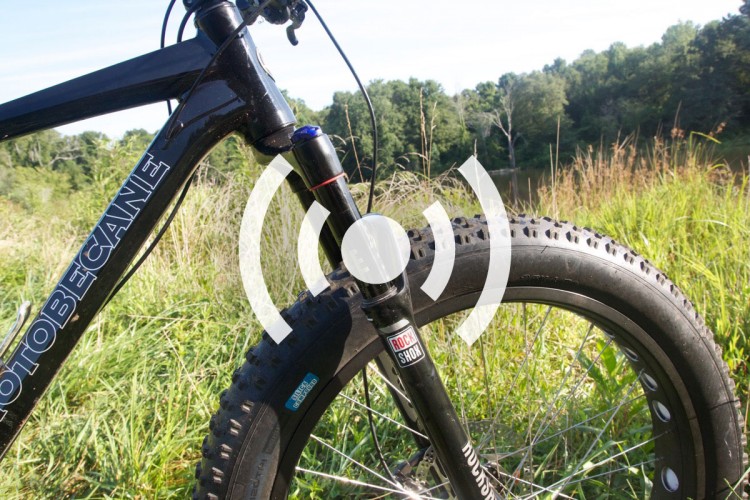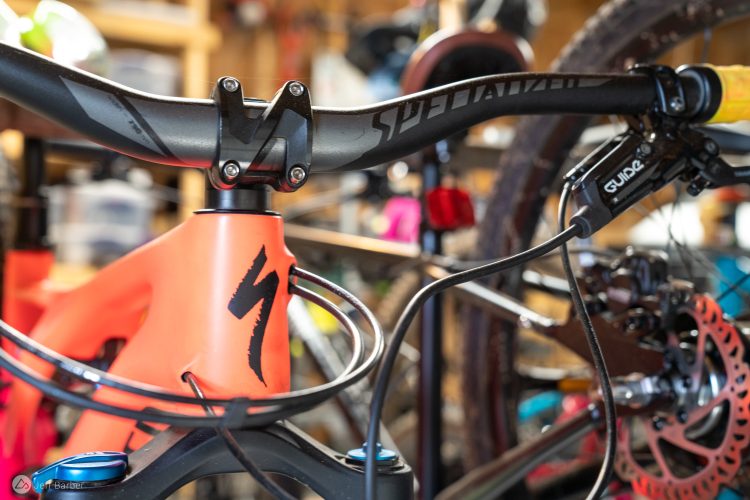Earlier this year Trek made a big splash by announcing online bike sales, an announcement that was met with its share of controversy. For many years it seemed as if online bike sales would never become a reality, despite virtually every other industry on the planet embracing internet sales. Yet here we are in 2015 and as it turns out, most mountain bike brands have quietly started selling their bikes online. In fact, we found at least 29 well-known mountain bike brands that are already selling online through third-party retailers like JensonUSA and CompetitiveCyclist.com.
Now, it’s not as if bike companies have been living under a rock and only recently discovered this whole internet thing. The thing is, at least here in the USA, nice mountain bikes have always been sold through small, independent bikes shops (known affectionately as LBS’s.) Many LBS owners were rightfully worried their margins would be undercut if customers were able to buy the same bikes online, and brands were cautious not to upset their LBS customers.
But here’s the thing: in business, companies are always wise to consider the power of their customers and in the case of bike brands, they’ve never given retailers much power. I suspect this is why you won’t find many big brands being sold in retail chains like REI and Performance Bike. If REI is your biggest customer, they can start to make demands on your pricing or product mix, and you kinda have to listen to them or you risk losing a big chunk of your sales. So, it’s in bike companies’ interests to keep a network of small, independent dealers so none of their customers are powerful enough to squeeze brand margins.
Once a bike brand decides to start selling bikes through online retailers, local bike shops might be upset–but individually, none of them have enough influence to stop a brand from going online. Sure, there is a risk that a lot or even all of the dealers in a brand’s network might defect based on the decision, which is perhaps why we’ve seen brands get into online sales slowly.
Ironically, the way many brands are approaching online retail sees the brands giving up power to retailers in ways they’ve never given up power before. Just consider that a national/international online retailer like JensonUSA can quickly become a bike brand’s biggest buyer, and you’ll see that power can easily shift toward resellers, specifically online retailers. Many of the brands we found being sold online were exclusive to a single online retailer, which may limit price competition among retailers for now, but also runs the risk of giving too much power to a single seller.
Today, there are a few different degrees to which bike brands are selling their mountain bikes online:
- Closeouts only. Several brands are offering only closeout models online, keeping penetration very low and competition with the LBS almost non-existent.
- Extended line. Many of the brands we found being sold online offer both closeouts AND a few current model year complete bikes and frames. No online retailers appear to be offering a complete MTB line from any single brand.
- Direct. Upstart and international brands coming to the USA with no existing dealer network are able to sell their bikes directly to consumers online. The brand gets to keep higher margins (and lower prices), but they don’t get the same exposure they would get if their bikes were available on other retail websites. Here’s our list of direct sales MTB brands available in the USA.
- Hybrid. Companies like Trek have a hybrid direct model where the parent company (Trek) takes online orders and local bike shops fill them. Of course, Trek receives an extra cut for marketing and online operations, so it’s not clear how the LBS is any better off than they would be if they were competing with an online retailer who shaved a similar amount off prices.
Some of the companies that have started offering extended online sales and hybrid sales have justified the move to their existing dealers by pointing to the wave of competition from MTB brands like Canyon, Airborne, and YT that are selling direct to consumers online.
Another important consideration for any brand is any dilution of the brand that can occur when selling through large retail outlets (in the old days, Wal-Mart and Target). There’s still some stigma to seeing a brand sold online, so many online retailers are working to make online shopping more of a lifestyle experience than simply a choice based on price and convenience. Until the concept of a lifestyle online shopping destination can be proven, some brands may be hesitant to offer their brand through certain online retailers.
My prediction? Several MTB brands will see tremendous growth thanks to their savvy online sales strategy while others will become less relevant as they seek to catch up. It’s strange to think that we’re still in the early days of online MTB sales considering that the last dot-com crash happened 15 years ago–but that’s exactly where we are right now.






















1 Comments
Nov 23, 2015